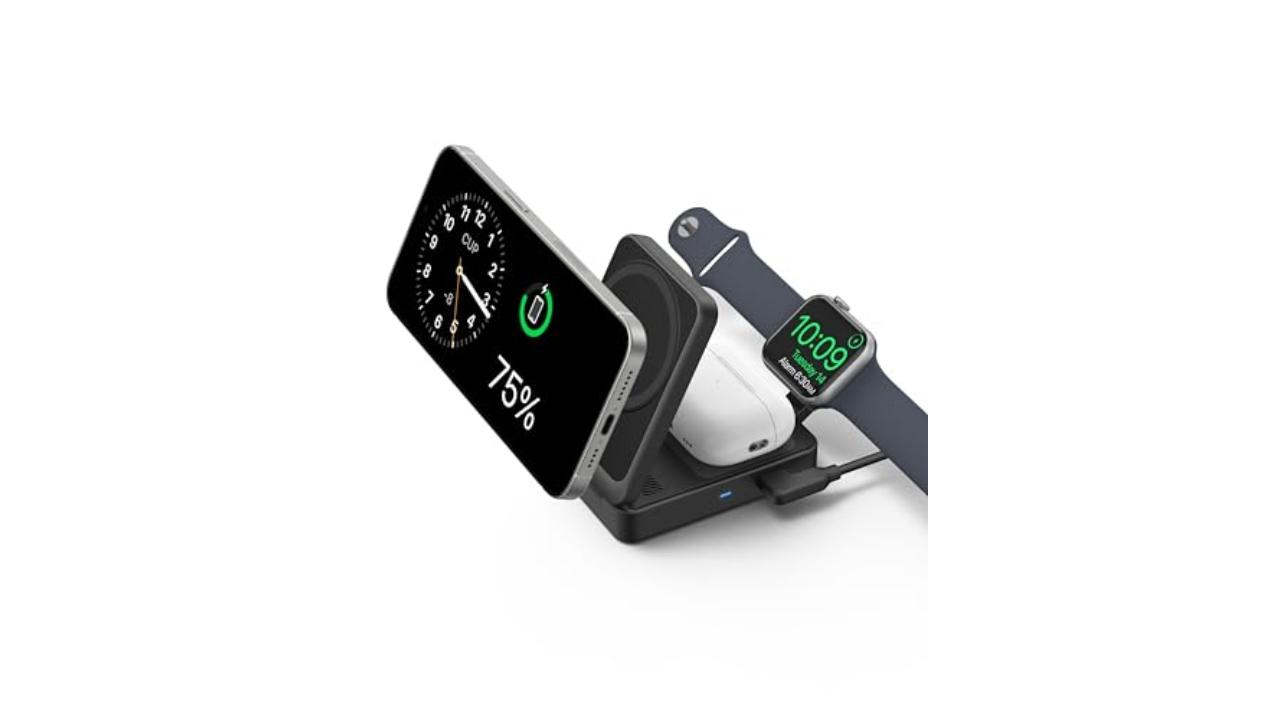
As women get older, our risk for certain chronic diseases increase. We can thank the aging process itself, and the loss of estrogen’s protective effects after menopause. Older women are more prone to conditions like osteoporosis, which can cause brittle bones. The chance of heart disease rises, as do the odds of developing dementia, in part because women tend to live longer than men, and risk increases with age.
Diagnosing some conditions is more challenging, since the frequency, appearance and long term effects of many diseases often appear differently in women than in men. It’s a key reason not to neglect regular health screenings and wellness visits, since staying healthier through preventive care and screenings can make the health challenges of aging easier.
Wellness exams are critical for older women
Medicare pays for annual preventive care with no co-pay. That’s especially relevant for women, who made up more than half (55%) of all Medicare beneficiaries in 2021. Nearly 1 in 8 (12%) were 85 or older; many had functional difficulties, an analysis from KFF found. That included difficulty walking, bathing, vision loss, or other issues that significantly impacted their quality of life. People age 85 and older tend to have five or more chronic conditions, which can become more complicated to manage with age.
Women know they should focus on their health, says Alina Salganicoff, director of women’s health policy at KFF. But, “sometimes the system is not set up for women to take care of themselves, because they have competing demands, like work, or family caregiving responsibilities.” This often creates limited windows of time for women to prioritize themselves.
And, if women don’t have access to a primary care provider or don’t receive regular care, they could skip important preventive measures like mammograms, she says.
“Having coverage is the first step, but many other factors affect whether women get the services they need,” Salganicoff says. That includes their relationships with their clinicians, their own prior experiences, access to care, fears about conditions like dementia or cancer, or social supports like transportation, mobility or cognitive issues, or having someone to accompany them.
That first wellness visit is probably key to everything else in managing an older patient, according to Segen Chase, an internal medicine physician in private practice in Manhattan, Kansas. About 35% of her clinic’s patients are Medicare beneficiaries, including many who live at a nearby retirement community.
“It’s so important that we will do anything we can to have them visit and work with the practice’s wellness coordinator to go through all of the needed assessments,” said Chase, who is part of the American Medical Women’s WEL leadership training program.
Wellness exams include annual tracking of numerous behavioral and physical markers like vision, hearing, fall risk, sexual health, nutrition, alcohol and tobacco use, as well as psychosocial risks like depression, stress, loneliness or social isolation, pain, and fatigue. Patients also undergo cognitive screening, which can reveal subtle changes in brain health.
Wellness screenings may also include questions about someone’s living situation, because it helps us to determine whether they might need additional help at home, Chase says. “That also gives us an opportunity to discuss advance care planning, when they’re not in a crisis situation.” Medicare pays for this as part of the Part B annual wellness visit.
Women with Medicare overall experience higher rates of certain health conditions compared to men, according to the KFF analysis. Urinary incontinence (37% vs. 18%), depression (31% vs. 21%), osteoporosis (29% vs. 7%), and pulmonary disease (20% vs. 16%) were more common among women than men. Women are also more likely than men to live alone. More than one-third of all women with Medicare (36%) live by themselves and more than half of those 85 and older live solo. This can increase the odds of loneliness and social isolation, which are connected to increased risk of depression, dementia and stroke, according to the American Medical Association.
The wellness visit can help uncover some of the hidden issues, and together, the physician and patient can create a care plan to manage these and other chronic conditions, Chase says.
Which preventive women’s health services does Medicare cover?
Medicare Part B covers a range of preventive services that benefit women’s health, including:
There are no copays, deductibles or coinsurance charges for these and other covered screenings, although certain other criteria may apply, according to the Medicare Rights Center. Medicare Part A (hospital insurance) and Medicare Part B (medical insurance) will even help pay for an osteoporosis injectable drug and visits by a home health nurse to inject the drug if you are eligible.
This partial list of Medicare-covered screenings may seem daunting, which is why it’s so important for women to speak with their clinicians and discuss their health history, risk factors, and priorities, according to Salganicoff. “It’s a complicated program and can be difficult for people to navigate,” she says.
These shouldn’t be one-off conversations, either, Chase says. As we age, priorities and what is realistic for a person to achieve may shift. So ongoing dialogue is a key to maintaining health.
We know certain conditions show up differently in women, so “a lot of medicine comes back to communication, keeping the sanctity of the relationship while honoring their independence and finding out what’s most important to that person,” she says. Chase finds these discussions help women open up more about both their physical and emotional challenges, especially those who are caregivers. “They’re often exhausted but don’t want to admit it.”
Providing women with clear, simple information so they can learn about all of their Medicare benefits and receive the necessary support to get the preventive care and other needed services, can go a long way towards keeping women healthy well into older age.
Credit: Source link














